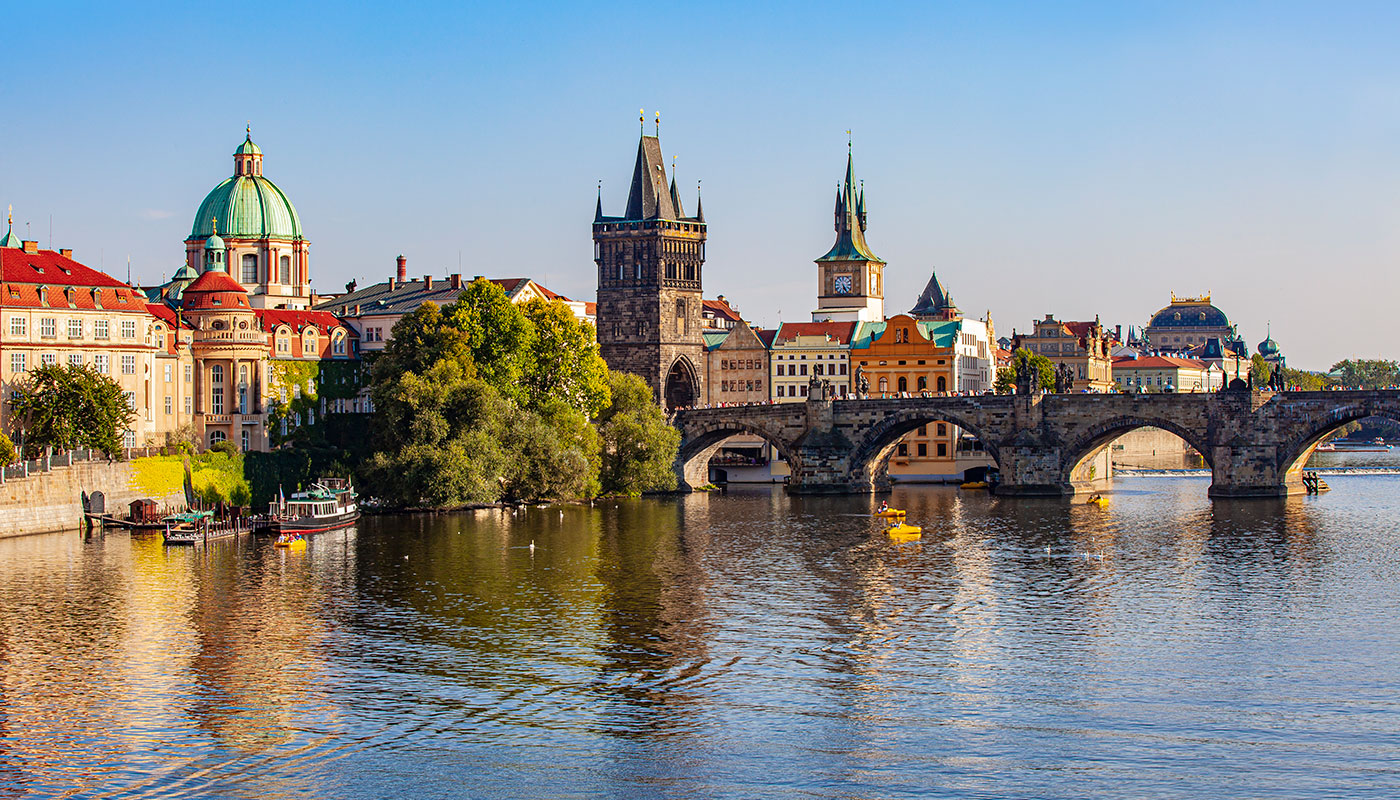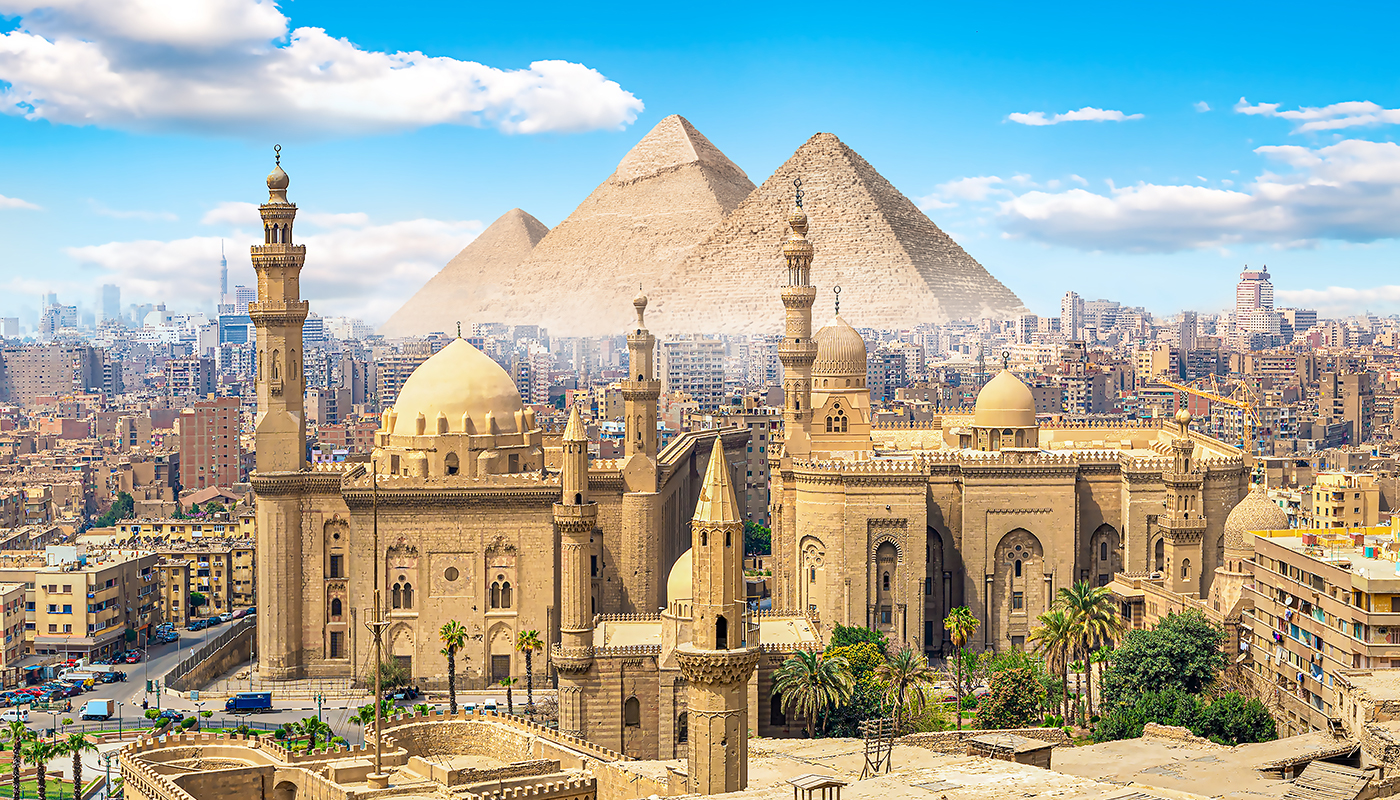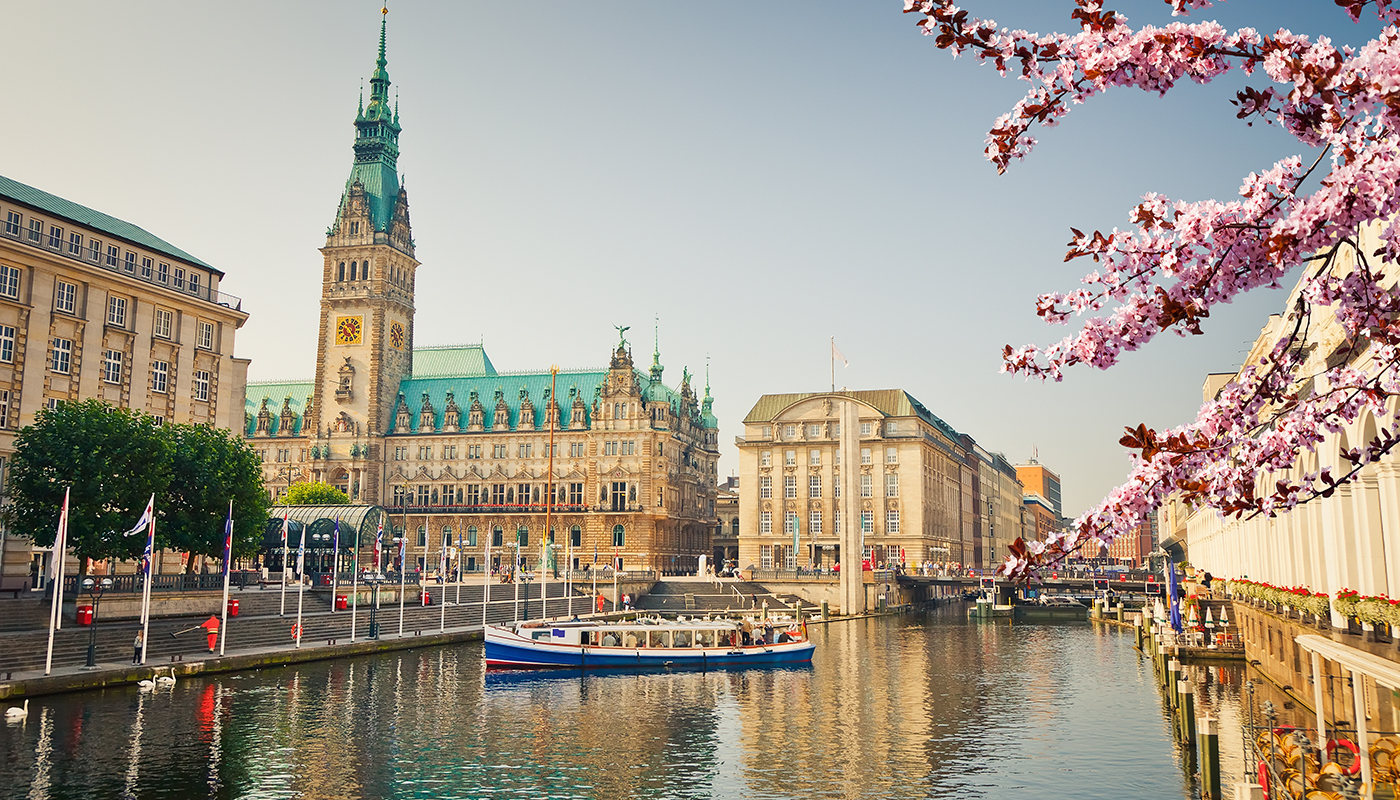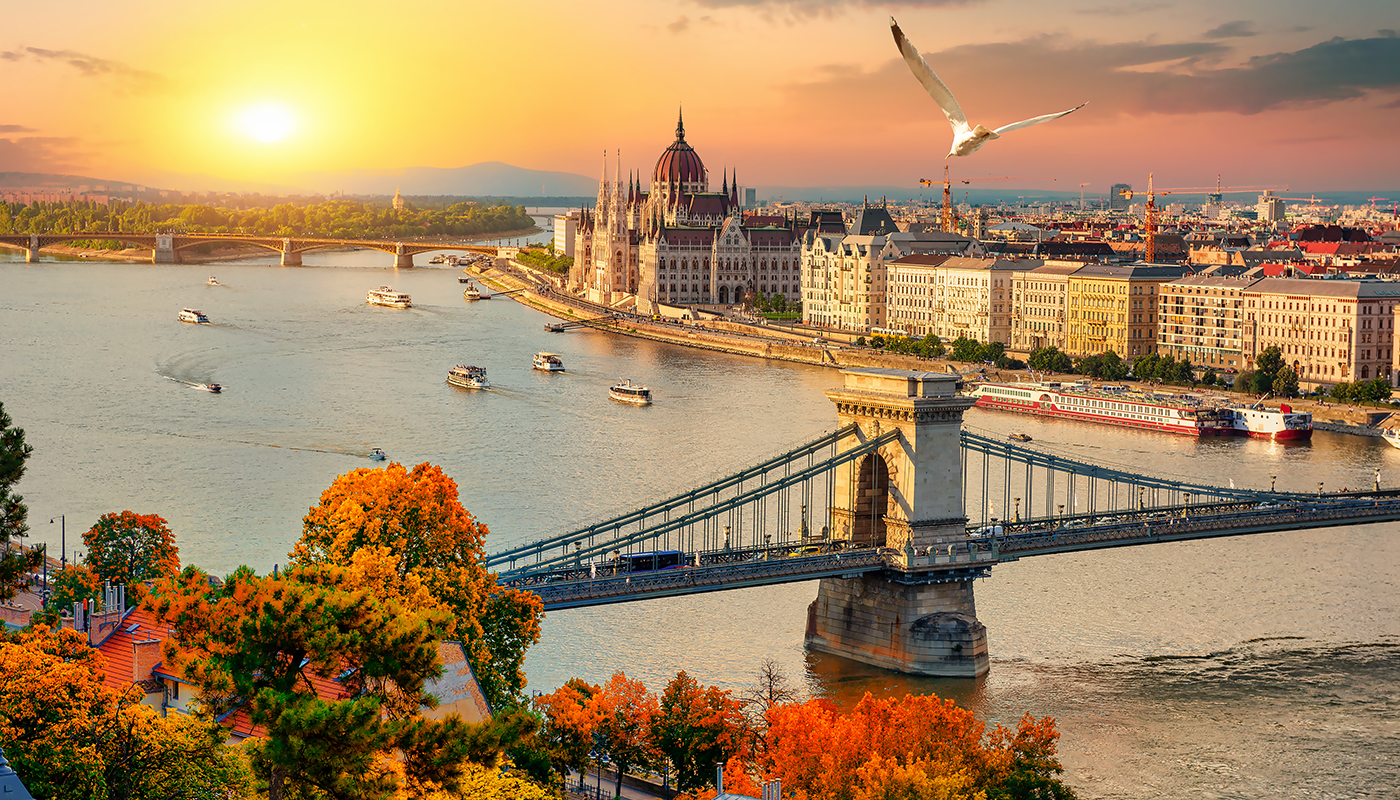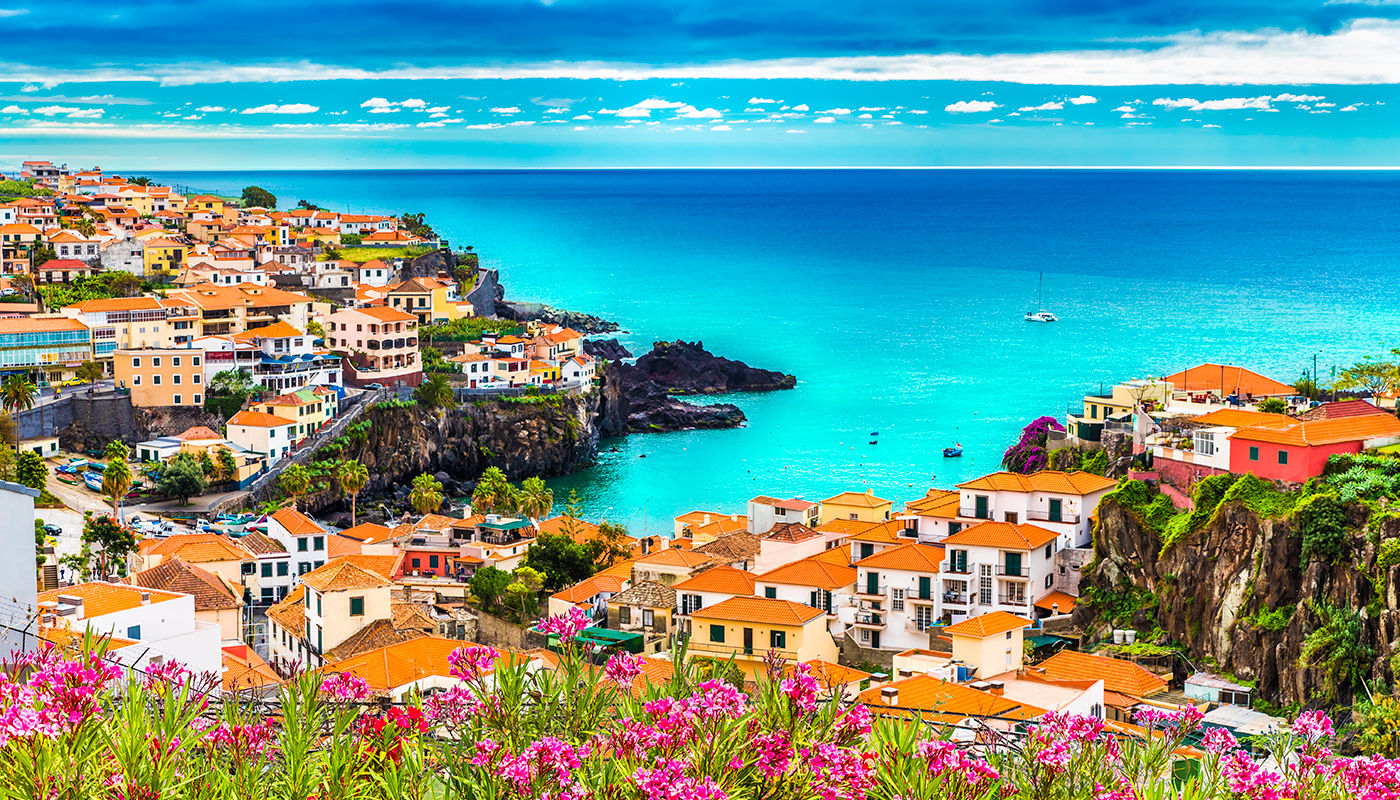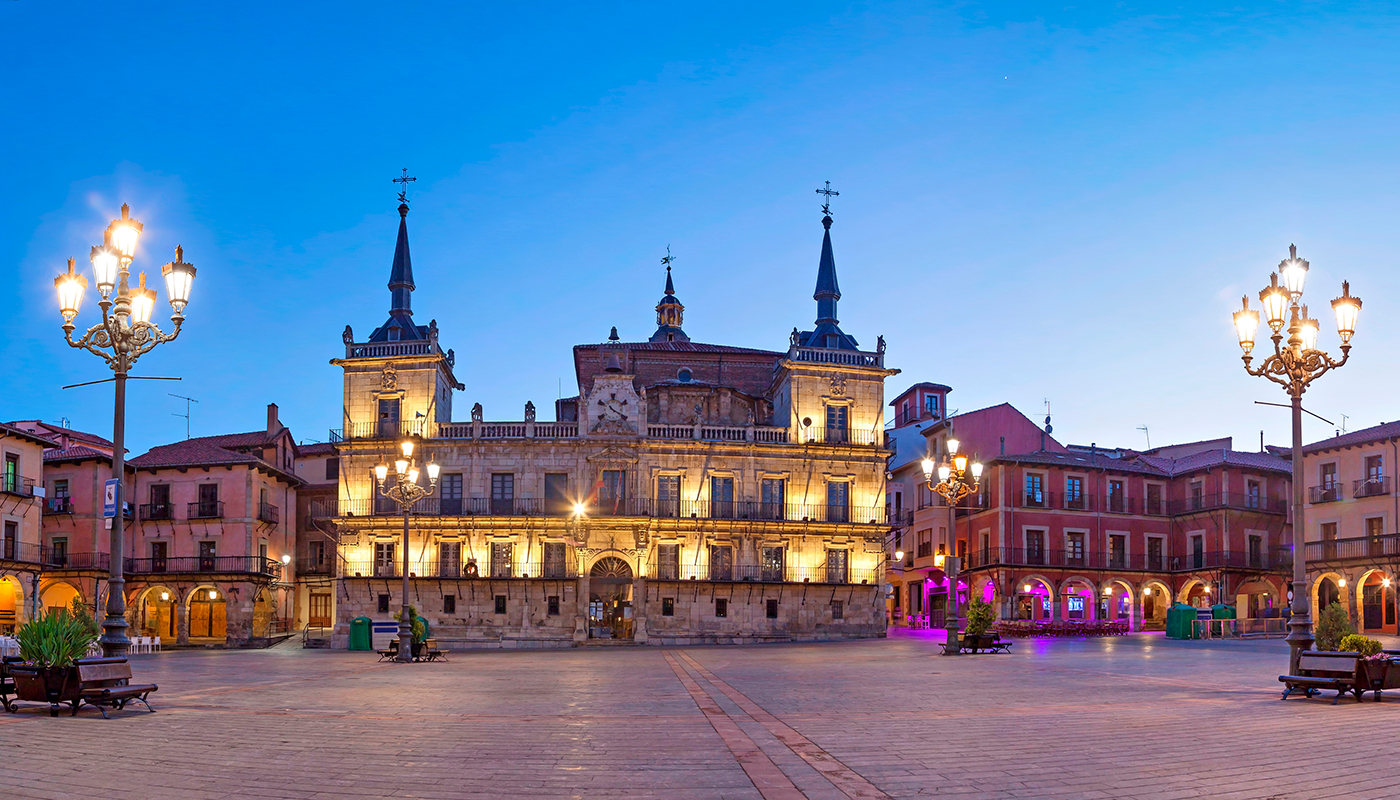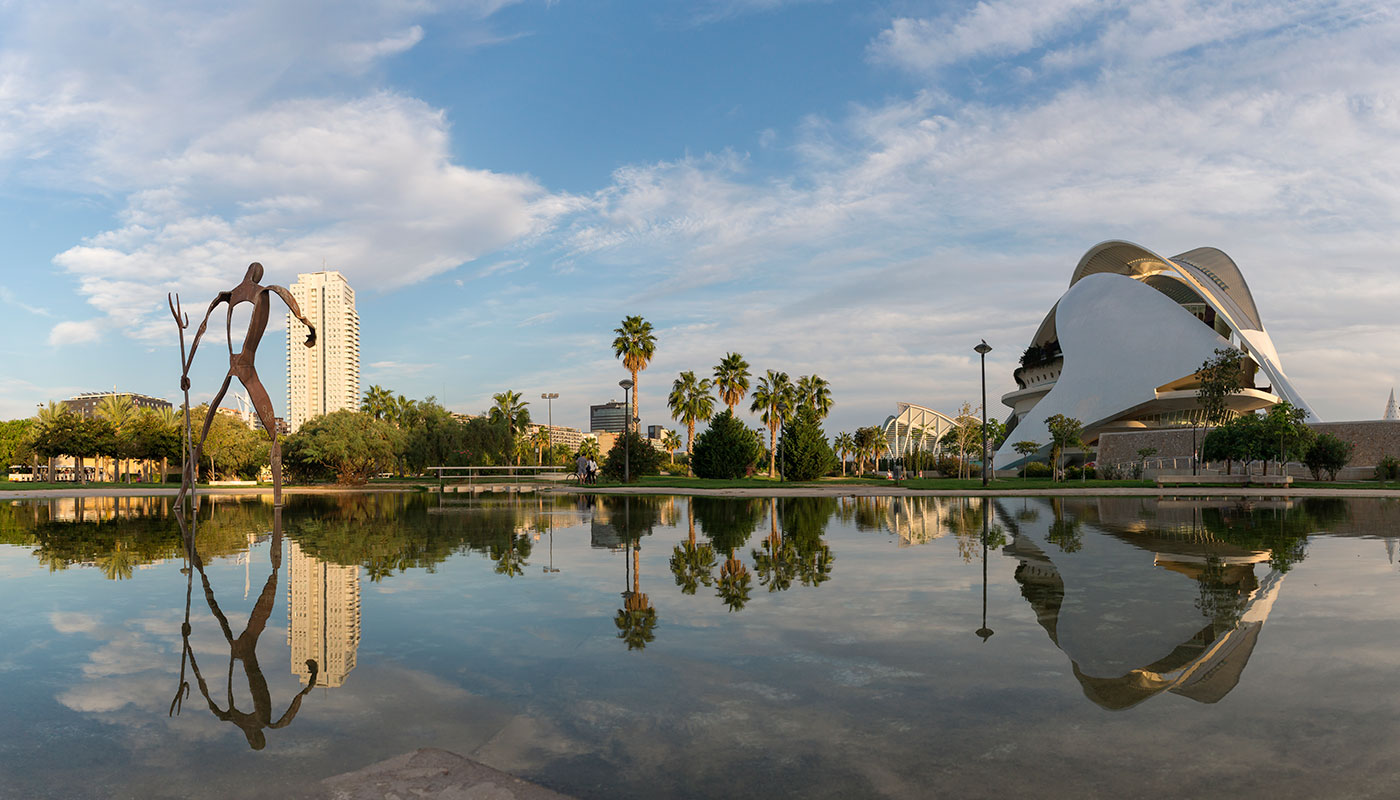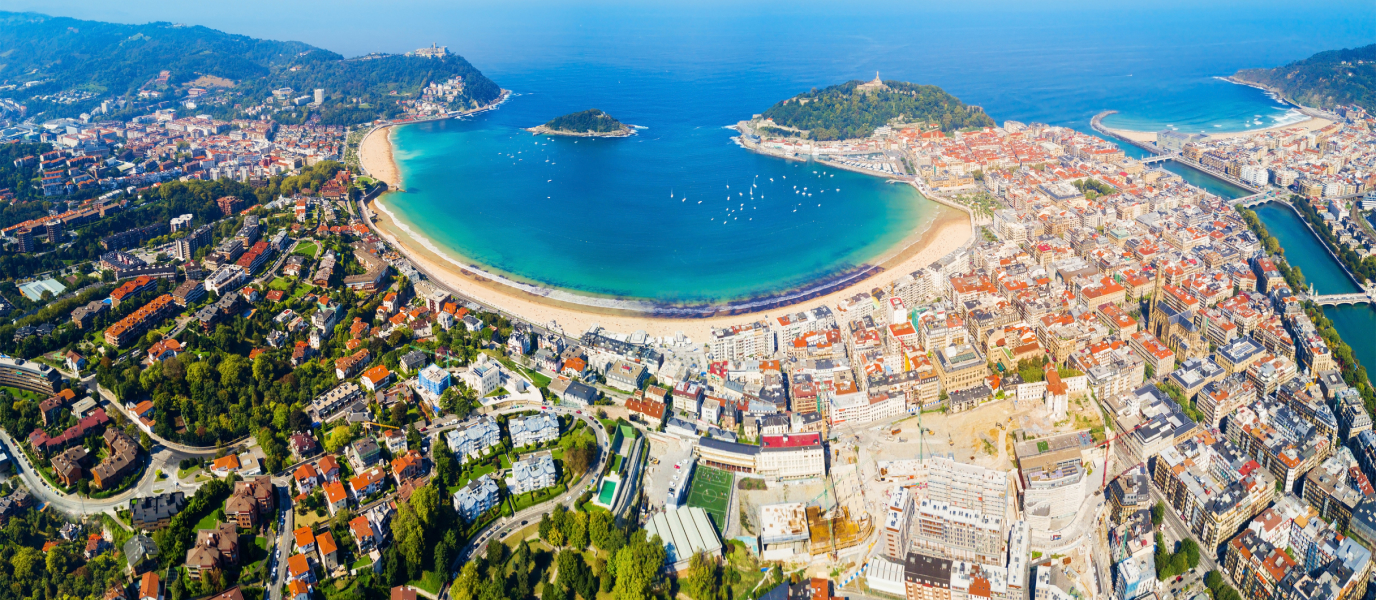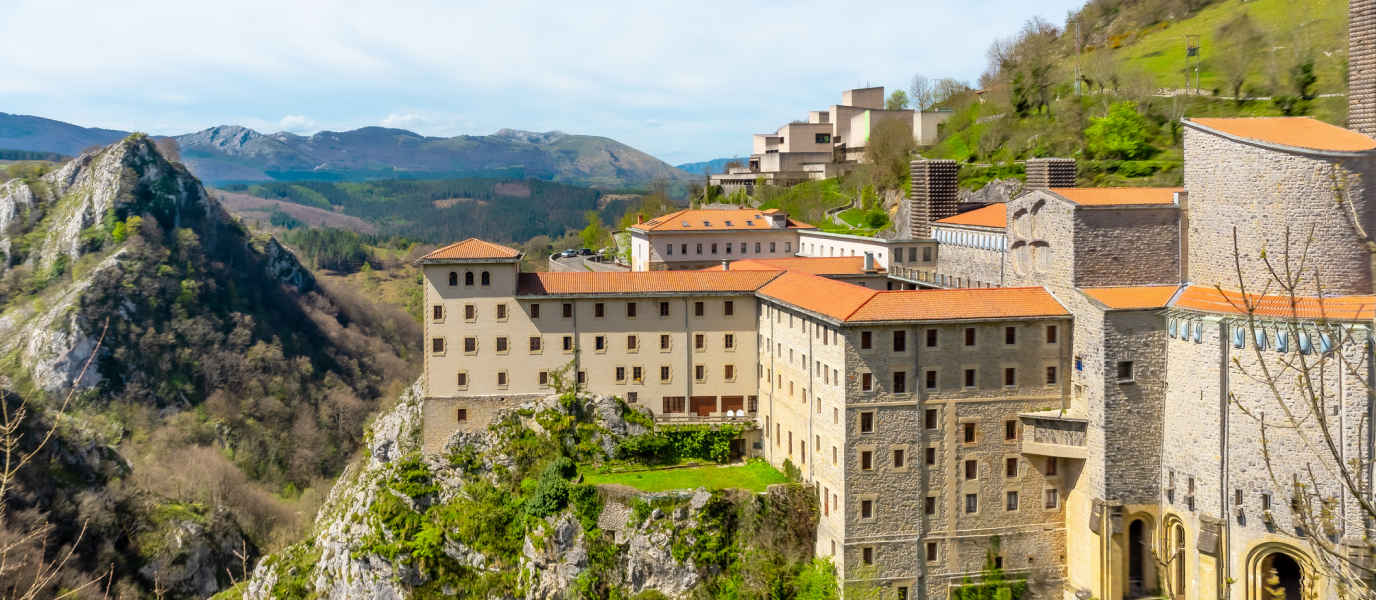The affectionate nickname of La Bella Easo is one of the unusual names that its people use to refer to San Sebastián. Although the name comes from the one-time belief that the Roman city of Oiasso (Easo) was situated on the site of the Basque city, which has been proven to not be the case, the nickname had already stuck.
And the ‘bella’ part is obviously not without reason. This exciting city, founded in the twelfth century, is full of attractions wherever you look. Nature, architecture and sea go hand in hand, accompanied by a good helping of pintxos. The city is alive and pulsating and its energy is contagious. It is impossible not to fall madly in love with it. So do you want to know all the reasons why?
- La Concha: Europe’s most beautiful urban beach
- Mount Urgull: San Sebastián’s green lung
- Mount Igueldo: the highest green space in the city
- El Peine del Viento: where the sea and art meet
- El Kursaal: a true cultural symbol
- Miramar Palace: a royal residence
- Santa Clara island: San Sebastián’s faithful lookout
- The Old Town: don’t miss the heart of the city
- San Telmo Museum: safeguarding the memory of the Basque people
- San Sebastián City Hall: one of the most majestic
- Buen Pastor Cathedral: a specimen from the golden age
- Victoria Eugenia Theatre: a century of history
- Gros: the surfers’ neighbourhood
- Pintxos in San Sebastián: the essence of the city’s cuisine
- San Sebastián Aquarium: the ocean right before you
- Tabakalera
- Cristina Enea park
- Basilica of Nuestra Señora del Coro
- Ondarreta beach
- Zurriola beach
- Santa Clara Island beach
- Where to sleep in San Sebastián
La Concha: Europe’s most beautiful urban beach
Perhaps the city’s most symbolic place, La Concha takes centre stage, welcoming visitors to the city of San Sebastián. Situated to the west of the mouth of the Urumea river, it is separated from said river by Mount Urgull.
The beach, which has a length of just over one kilometre, is filled with fine white sand and its elegance and character will remain forever in your heart. Its beauty is completely in sync with the city and one cannot be understood without the other. Strolling along it and enjoying it is a must. Further along is Ondarreta beach, whose boundary is marked by Mount Igueldo.
There are countless activities to do in the area, such as water sports or visiting Santa Clara Island. Admire the Belle Époque-style La Perla spa resort or walk along the seaside promenade and find the famous white railings that are over 100 years old. If you want to see La Concha from another perspective, climb up to Miramar Palace.

Mount Urgull: San Sebastián’s green lung
The name Urgull comes from the Gascon language and means pride. And this is precisely what the people of San Sebastián feel for this promontory that has so often defended their city. Steeped in history, having watched over the birth of San Sebastián, its most eminent construction is Mota castle, a twelfth-century military fortress that has borne witness to wars and sieges.
There are many options for visitors to Mount Urgull, with different footpaths for all ages. Visiting is a perfect thing to do with children, since along the way you will come across cannons and towers. Nature and history abound, making it feel like a type of open-air museum.
There are four different routes, with a multitude of viewpoints over the old town, La Concha bay, Mount Igueldo and the Cantabrian Sea. Choose one or try them all, and don’t miss anything in this exceptional setting.

Mount Igueldo: the highest green space in the city
At a height of 180 metres, this hill is situated in the neighbourhood of the same name and is one of San Sebastián’s most famous symbols. It is home to an amusement park dating from the early twentieth century where kids can have a blast.
You can get to the top of Mount Igueldo by taking the funicular with its wooden carriages, one of the oldest in the Basque Country, opened in 1912 by the queen regnant Maria Christina, a great admirer of the city. The train can be caught very close to the Peine del Viento, which means you can also take the opportunity to view Chillida’s major work.
On the top of Mount Igueldo there is a hotel that houses the Karrusel Gastro-Bar, where you can sample delicious Basque cuisine. The viewpoint of Mount Igueldo offers unrivalled panoramic views, which are the most impressive in San Sebastián. You can also visit the lighthouse, built on the site of a sixteenth-century fortified tower, for 360-degree views.

El Peine del Viento: where the sea and art meet
This is the best-loved creation of the Basque sculptor Eduardo Chillida, a true love letter to his place of birth. The piece is the result of a series that the artist began working on years ago, which was completed between 1976 and 1977 with the installation of El Peine del Viento (The Comb of the Wind).
Set into the rock facing the sea, the impressive pieces of steel have a monumental feel to them. Choosing to place his work on one end of La Concha bay, on the tip of Ondarreta beach, the abstract sculptural genius plays with volume and form. The importance of the surrounding environment plays a key role in the Peine del Viento, conditioning it completely. Weighing 10,000 kilograms each, the three sculptures defy the force of gravity and represent the past, the present and the future.
Nature and mankind come together, posing questions about our future while gazing into the horizon. Pay particular attention to the way the pieces come into spectacular dialogue with the Cantabrian Sea, as the water crashes into them, combing the wind. A place made for dreaming. If you are interested in Chillida, be sure to visit the Chillida Leku museum, in Hernani, a few kilometres from San Sebastián, where the sculptor’s sublime legacy is displayed in the open air.

El Kursaal, a true cultural symbol
Awarded the Mies van Der Rohe prize for Best European Building, the Kursaal Congress Centre and Auditorium is an icon of culture and entertainment. The groundbreaking aesthetics of its architect, Rafael Moneo, next to the mouth of the Urumea river, are particularly striking.
From the city centre you can see two large translucent cubes in the distance. The larger one houses an auditorium while the other one is used as a congress centre. They also boast numerous exhibition rooms and an underground car park, as well as terraces with beautiful views.
Among the many events that are held at the complex, it is used as the main venue of the International Film Festival, which takes place in September. Notice the large, 1,500-metre LED façade, which shows what is happening inside. Kursaal has completely transformed the cityscape in an innovative, groundbreaking manner. Be sure to stroll around the area after dark, when the 10,000 plus colour panels light up the night. While there, take the opportunity to eat at the restaurant Ni Neu and try the creations of chefs Andoni Luis Aduriz and Bixente Arrieta at very affordable prices.

Miramar Palace: a royal residence
The queen regnant Maria Christina was a huge admirer of San Sebastián, which is why she chose the city as her summer home. The site chosen for the monarch’s residence was the estate of the Count of Moriana, on La Concha bay.
Spanning over 34,000 square metres, the estate houses the main building, a park, outbuildings and gardens. In terms of the architecture, it was built in the style of an English palace, inspired by Queen Anne cottages and their distinctive red brickwork. The interior has since been renovated and is used to host various events.
A stroll through the beautiful gardens of Miramar Palace to contemplate the sea and the horizon is a must. You can also see The Embrace by Chillida, in which the ‘architect of emptiness’ pays homage to the painter Rafael Ruiz Belardi. Be sure to also go as far as the Pico del Loro for an exceptional panoramic view or go through the Túnel del Antiguo, an interactive passageway decorated with paintings by Victor Goikoetxea.

Santa Clara Island: San Sebastián’s faithful lookout
This crag spanning around five hectares is situated in front of La Concha bay, flanked by Urgull and Igueldo hills, creating a truly iconic setting that appears in countless photos of the city.
Santa Clara Island can be reached by boat, by kayak or by swimming, which is well worth the effort, since it is just 500 metres from the coastline. Once there, you can walk to the nineteenth-century lighthouse and it is also a great place for birdwatching. From the island you can also enjoy views of the city from a different perspective.
You can take one of the boats that goes straight to the island or the glass bottom boats that sail through the whole bay. If you decide to swim, there are some floating platforms halfway along where you can rest. On the island you will find a natural swimming pool and a beach bar. Be sure to visit to discover its fascinating history, as in the sixteenth century the island was used as a place of quarantine for people infected by the plague.

The Old Town: don’t miss the heart of the city
The origins of La Bella Easo date from the twelfth century, with the city consisting of the Old Town until the walls were demolished in the nineteenth century. Mount Urgull lies at its limits, between the port and the Urumea river. The current layout was created in the nineteenth century, as the city was all but destroyed during the Peninsula War, except for the religious buildings.
An itinerary you cannot miss in the completely pedestrianised old town is: Plaza de la Constitución, with its lively, colourful atmosphere, especially during the Tamborrada festival; San Vicente church, one of the oldest in the city with a beautiful Gothic style; Santa María del Coro basilica, with its impressive Baroque façade; San Telmo Museum, with its important ethnographic collection on Basque society; and Alameda del Boulevard, with its extensive green promenade.
The old town is one of the best places for pintxos, home to emblematic establishments such as Zeruko, Borda Berri and La Cuchara de San Telmo, where the bite-sized morsels have become an art form.

San Telmo Museum: safeguarding the memory of the Basque people
Walking through the old town, amidst the smell of pintxos and the views of Mount Urgull, is a real delight. If you head to Plaza Zuloaga you will find a true place of interest, San Telmo Museum. The museum is a must-visit for anyone interested in the history of the Basque people and art.
Set against Urgull hill, it is housed in a former Dominican convent, having opened in 1932. In 2011 a major makeover of its facilities took place with an extension added to the main building on the hillside, with a green wall covered in vegetation that is well worth seeing.
The museum houses over 35,000 pieces, divided into archaeology, ethnography, fine arts and photography sections. It is one of San Sebastián’s must-visit cultural centres, for which general admission costs six euros and a reduced ticket is three euros. Admission is free on Tuesdays.

San Sebastián City Hall: one of the most majestic
In this building you will find one of the most beautiful examples of historical architecture in the city. Located next to Alderdi Eder gardens and La Concha beach, the City Hall is housed in an old palace dating from the late nineteenth century that was the location of the Gran Casino until 1924.
The edifice reflects the splendour of San Sebastián during the Belle Époque, when many of the city’s most notable buildings were constructed and the city was nicknamed ‘Little Paris’. The Gran Casino took in political refugees during the First World War, as well as spies such as Mata Hari. Its design was inspired by the Casino of Montecarlo.
If you take a closer look at the façade, you can still see the bullet holes made during the Spanish Civil War. In 1943 it was converted into the headquarters of San Sebastián City Council and it is impossible not to stop and marvel at its eclectic style.

Buen Pastor Cathedral: a specimen from the golden age
Miramar Palace, the Gran Casino and Buen Pastor Cathedral were all built between the mid-nineteenth century and the early twentieth century. Its great monumental character will not leave you disappointed and is full of unusual details. The architect Manuel Echave was inspired by German Gothic cathedrals, especially those in Cologne.
Notice the sharp pointed arches and the pinnacles and gargoyles on the top, which give it a strong sense of verticality. The neo-Gothic historicist style can be seen in the 75-metre-tall bell tower that crowns the entrance portico.
Inside, the stained glass windows take centre stage, filling the space with natural light and a sense of spirituality. Be sure to walk around the entire square on which the cathedral stands to see it from all angles and discover other notable buildings, such as the post office. Admission to the cathedral is free, so you have no excuses.

Victoria Eugenia Theatre: a century of history
This is another one of the most important examples of San Sebastián’s Belle Époque. The theatre was the setting of the International Film Festival until it was moved to the Kursaal. Situated in the heart of the city, the Victoria Eugenia Theatre is the work of the architect Francisco Urcola, built in 1912 in the style of the theatres of Paris and Vienna.
The Renaissance motifs associated with the Plateresque style, which can be seen on the building, were widely used at the turn of the century. Look closely at the magnificent main façade with alternating columns and entrance doors.
The main hall has an enormous dome ceiling featuring costumbrist frescoes by Ignacio Ugarte. It is used to host numerous performing arts event, set in a building that has witnessed the evolution of San Sebastián.

Gros, the surfers’ neighbourhood
You can’t leave San Sebastián without experiencing the spirit and vibrancy of Gros, the ‘in’ neighbourhood for pintxos. Zurriola beach is also a real paradise for surfers.
Situated in the eastern part of the city, Gros is a must-visit if you want to experience the authentic atmosphere of San Sebastián. A good route should include the Kursaal Congress Centre, one of the neighbourhood’s symbols; Zurriola beach, a hotspot for surfers which is filled with the sound of jazz during Jazzaldia in July; the Sagüés area, to enjoy one of the finest sunsets while contemplating the Paloma de la Paz, a sculpture by Néstor Basterretxea; and Mount Ulía, with different excursions around the cliffs and taking in stunning viewpoints, with easy trails.
A must when in Gros is sampling its pintxos, mainly in the pedestrianised streets of Peña and Goñi. Every Thursday is pintxo-pote day when you can get a pintxo free with a drink. Be sure to try places such as Lobo, La Comidare, Zabaleta and Bergara.

Pintxos in San Sebastián: the essence of the city’s cuisine
Basque cuisine is famous the world over and the cities of San Sebastián and Bilbao, among others, boast prestigious Michelin-starred restaurants. However, the undisputed king here are pintxos. These bite-sized morsels have become a real art form, full of flavour, passion and character.
Cold options are usually on display at the bar where you can serve yourself, while hot pintxos must be ordered. The best thing to do is a varied pintxos route, as each establishment has its specialities.
In the Old Town tradition and modernity come together in bars such as La Cuchara de San Telmo, Borda Berri and Gambarra. The Gros neighbourhood is the ‘in’ place for pintxos, for which Bergara and Lobo are musts. By crossing the Boulevard you will come to the centre of San Sebastían, which has several pedestrianised streets that are also worth a visit, and bars such as La Espiga. You won’t get a better taste to savour from your holidays.

San Sebastián Aquarium: the ocean right before you
If you are looking for an activity to do with the youngest members of the family, be sure to visit the Aquarium-Palacio del Mar, where you can learn all about the marine world and discover all its secrets.
Situated next to the docks, in the Old Town, the aquarium is housed in a historical building dating from 1928. The first two floors consist of a museum explaining the city’s seafaring history with different model boats. Afterwards, you come to a 360-degree tunnel called the Oceanario, where you can see over 200 marine species from this impressive glass vaulted passage, with sand tiger sharks, turtles and moray eels.
There are also over 30 enormous fish tanks where you can observe jellyfish and common eagle rays up close. In the tropical area you can see colourful species such as the clownfish and coral reefs. Since the aquarium is located in the Old Town, after visiting you can continue enjoy the city’s main attractions, eat some pintxos or do a spot of shopping.

Tabakalera
This is one of the most alternative and original places to go in San Sebastian to take the pulse of the cultural avant-garde. This former tobacco factory was converted and opened to the public in 2015 as the International Centre for Contemporary Culture. Tabakalera’s philosophy is not only to “create, experiment and explore” different disciplines, but also to encourage the exchange of ideas and generate reflection.

It is a place where all creative industries are welcome, including creative gastronomy. Visitors will find exhibitions, film screenings, forums and events, as well as a laboratory where creators can participate with their projects.
Cristina Enea park
Cristina Enea park, one of the best-loved green spaces in San Sebastián, is situated on a small peninsula in the meander of the Urumea river. The park was once the estate of the Duke and Duchess of Mandas, who decided to leave it in public hands after their death. In case you are wondering, the name Cristina belonged to the duchess, Cristina Brunetti.

The gardens were designed by a famous landscape gardener, Pierre Ducasse, who introduced a wide variety of trees from all over the world, such as the sequoia, the cedar of Lebanon and ginkgo. The park is a great place to take a leisurely stroll along its paths, lose yourself amid its forest, watch the peacocks and swans and admire the beautiful palace. And, as it spans over 90,000 square metres, tranquillity is guaranteed.
Basilica of Nuestra Señora del Coro
In the Old Town of San Sebastián, on the southern slopes of Mount Urgull, stands the Basilica of Santa María del Coro, a must-see in the city. The imposing place of worship dates back to 1750 and was built on the site of an old Romanesque church. What is most striking about the Baroque-style building are its Gothic, Churrigueresque and neoclassical features. Be sure to stop to observe its beautiful Plateresque portico.

Go inside to admire the ribbed vault, the choir and the high altar, where the Virgin of the Choir is situated. You will also see images of San Sebastián, in the form of a painting at the altar and a sculpture situated outside. An important day for the basilica is 14 August, when the famous San Sebastián choir can be heard in its interior.
More beaches in San Sebastián
The beautiful La Concha beach often gets all the attention when visiting San Sebastián, and it is of course magnificent and an icon of the city, but we must not forget that there are other beaches perfect for a stroll, a dip or some surfing. Below are three beaches that shouldn’t be missed on a trip to San Sebastián.
Ondarreta beach
Ondarreta beach is always in the shadow of La Concha, but it is not without its charms. With an excellent location at the foot of Miramar Palace and in front of Mount Igueldo, this family-friendly beach is a perfect place to spend the day.
The beach is less crowded, has a children’s playground and the waves are gentler, allowing you to swim to the neighbouring Santa Clara Island. It also has excellent options for water sports, such as canoeing and kayaking, as well as toilets, showers and beach bars where you can have a drink.
You can walk along the seaside promenade, which is dominated by the extensive gardens, as far as the Peine del Viento, passing other sculptures along the way. From Ondaretta to Igueldo lies one of the oldest neighbourhoods in San Sebastián, with its own particular charm, shops and emblematic bars, especially on Calle Matía.

A strip of golden sand, overlooked by Mount Igueldo, and the views of Santa Clara Island are its calling card. The lovely Ondarreta beach, with a length of 600 metres, is somewhere boredom doesn’t belong, where it is never a bad time to go swimming, diving or play volleyball and paddle ball. Since it is linked to La Concha and La Zurriola by the seaside promenade, it is visited by many pedestrians on their daily walks before reaching the famous Peine del Viento by Chillida. Ondarreta is also perfect for families visiting with children, as it has a children’s playground on the sand.
Zurriola beach
This beach is situated in the Gros neighbourhood, next to the Kursaal Congress Centre and Auditorium. If you like to surf, it will definitely ring a bell, as it is the beach of choice for those who like to ride the waves. One of its biggest draws is that the sport can be enjoyed in both low and high tide. It is even the setting of European competitions such as the ASP Pro Junior. And if you still haven’t taken the plunge and want to learn how to surf, the beach is ideal, because it has a surfing club and various schools for beginners.

In the surrounding area you will find all the facilities necessary for a day out at the beach, from toilets to sun lounger hire, showers and beach bars.
Santa Clara Island beach
This small beach is situated on the island in La Concha bay, facing the city of San Sebastián, right next to the jetty from which you disembark when visiting the island. The beach has toilets, showers, lifeguards and a beach bar, which is more than enough if you visit the island and want to take a dip and spend some quiet time with views of the city. Be careful, however, as the beach practically disappears when the tide is high, although you can swim in the natural pool that fills up with seawater.

Where to sleep in San Sebastián
A city as elegant and stately as San Sebastián requires a hotel to match its stature where you can relax and enjoy its facilities before embarking on your tourist adventure. If you have never visited the Barceló Costa Vasca, you will no doubt love it, since it offers a quiet place to stay, close to all the main attractions, situated just 500 metres from Ondarreta beach. In addition to 203 rooms (doubles, triples, family rooms, deluxe suites, etc.) the four-star hotel also boasts a swimming pool, garden and a restaurant that will tempt you with the finest Basque recipes. Without a doubt, an excellent place from which to explore this buzzing city.






